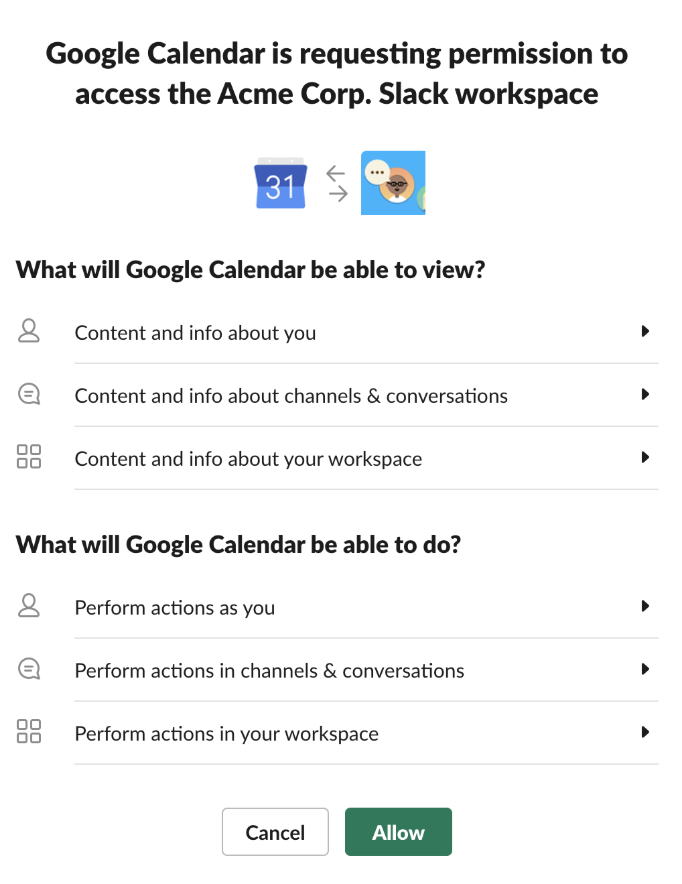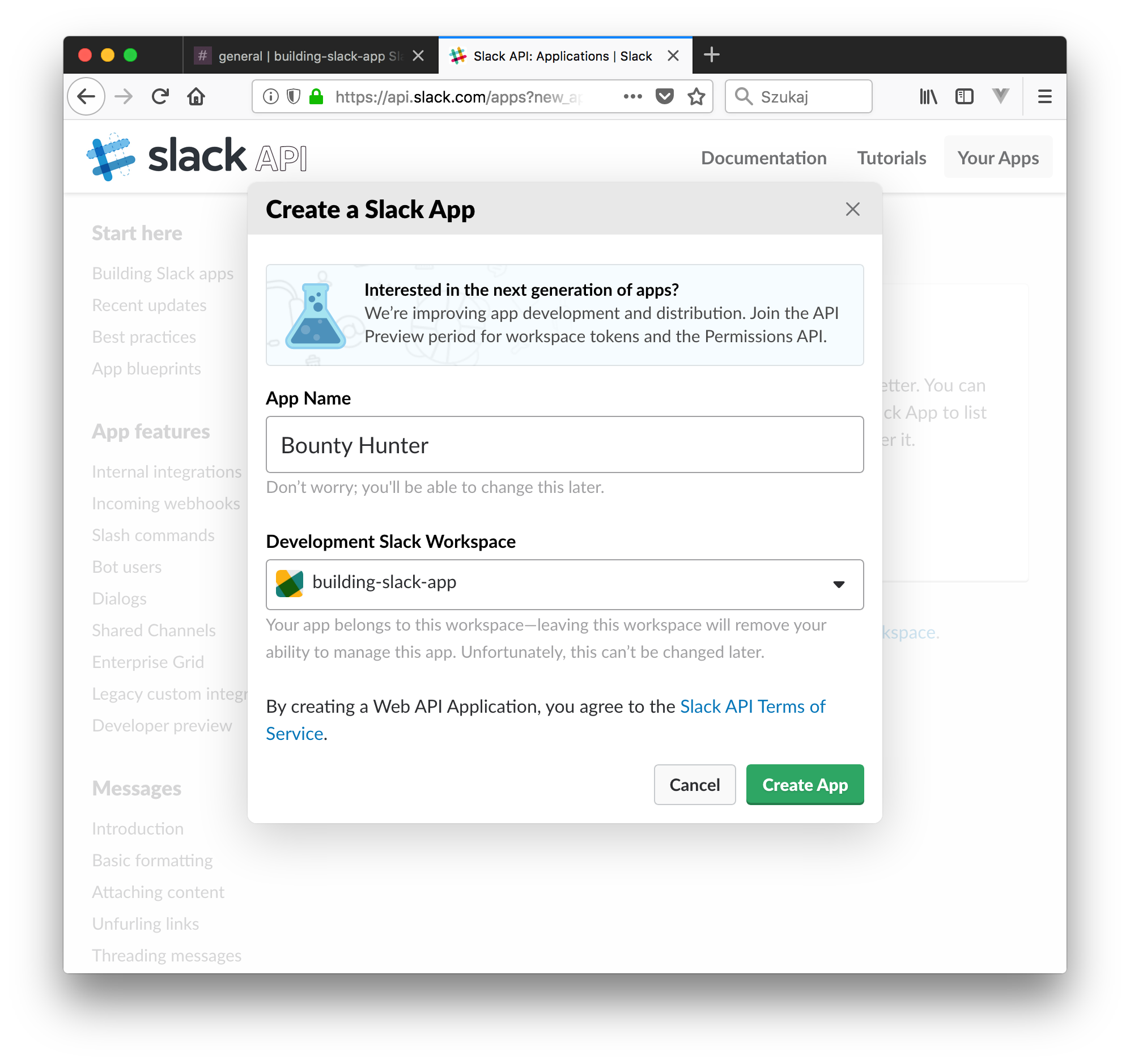Slack detailed Connect DMs becoming available starting today and more new business communication features that will be launching in the future in a pair of blog posts (via The Verge).While the. Slack Enterprise Grid is a messaging and collaboration tool for teams, groups, and individuals. Members of a workspace in Slack can direct message individuals or create conversation channels for topics, projects, and groups.
Slack is a tool that enhances work group communications. It provides a platform for individuals and groups to chat live online and keep conversations organized and accessible from anywhere, anytime. Stanford Slack Grid, or Stanford Slack, is the enterprise version of Slack. It allows teams within Stanford to have separate, but connected, workspaces across the university.
With Stanford Slack it's easy to discover and join other workspaces that are central to your work, although some workspaces require approval to join. You'll also be able to send a direct message to almost anyone at Stanford.
First time logging into Stanford Slack? Follow these instructions.
Features
- Message broadly — Stanford Slack is an enterprise-wide version allowing you to easily instant message individuals and groups, and share topic channels with any of your Stanford colleagues (that have Slack accounts), not just those in your local workspace.
- Connect easily and securely — Stanford Slack lets you quickly log in and authenticate with your SUNet ID.
- Find colleagues easily — Stanford Slack is fully integrated with the Stanford directory, letting you to easily find the account of any of your colleagues using Stanford Slack, not just those in your local workspace.
- Open communication channels to other Stanford workspaces — Stanford Slack allows you to share your channels with other workspaces in Stanford Slack.
Designed for
Faculty, staff, and students Citrix workspace app for mac high sierra os.
Requirements

Base or full SUNet ID
Data security
Stanford Slack is approved for Low, Moderate, and High Risk Data, other than protected health information (PHI). Non-PHI High Risk data should be shared in private channels or direct messages only.
Rates
Stanford Slack Grid is provided at no cost to Stanford University faculty, staff, and students.
Get started
Download or launch Stanford Slack

- Select your platform to download and install the Slack app:
- Android
- Android
- Launch Slack from a web browser.
After logging in with your SUNet ID, you'll see the workspaces you are a member of and any workspaces you are eligible to join.
Use Stanford Slack
- #slack-training channel — get Slack training resources and information from your Stanford colleagues
- Using Slack — get to know the basics from the Slack Help Center
- Slack Guides — tips and tools from the Slack Help Center
- Slack Tips — get more out of Slack
- Learn about Slack Connect
- Visit UIT's Slack Blog
Get help

- For assistance, please submit a Help ticket.
- Visit the Slack Help Center for information about using and administering Slack.
As part of an experiment designed to improve coordination of contributor teams, WordPress has launched a new Slack channel for full-time sponsored contributors. Josepha Haden Chomphosy, the project’s executive director, announced the new closed Slack channel on Friday evening in a post that drew critical feedback from contributors who pushed for more clarification.
“2020 was filled with hardships for many of us in the WordPress community, and we saw a predictable downturn in the level of volunteer contributions,” Haden Chomphosy said. She noted that during difficult times WordPress relies on these company-sponsored contributors to keep the project going:
In the near future, you will see a few more sponsored contributors around to make sure we are keeping up with the necessary tasks, from marketing professionals to backend developers. To assist in coordinating, I have created an experimental Slack channel for contributors who are sponsored for 32 hours or more.
Haden Chomphosy hints at more sponsored contributors being added to the pipeline but didn’t specify where they are coming from. The announcement did not identify a specific reason for the formation of the new channel but briefly outlined its purpose as follows:
It is primarily an opportunity for those who are contributing full-time to WordPress to gain valuable knowledge of how we lead with a global mindset and how WordPress applies open source methodologies in a broader context than software development.
New Slack Icon
Since the new channel is limited to full-time sponsored contributors, the enculturation process she described would exclude those who are not fortunate enough to be sponsored by a company. Traditionally, the WordPress community has worked towards transparency in decision-making as much as possible and in all aspects of development. This channel has the potential to create an imbalance between those with full-time status and those who can only volunteer part-time.
“It can be difficult to not start making decisions wherever there is a discussion while working on WordPress,” WordPress core contributor Jeremy Felt commented on the post. “In some ways, every decision made in private can make it harder for future contributors who were not able to see the conversation. We are historically (core team, IMO) not good about documenting the—high bandwidth, in person—decisions that happen at WordCamps and other meetups. I think we can sometimes also be not so great at more permanently documenting decisions that are made in public chats.”
Felt suggested WordPress consider making the channel read-only for non-participants or publish the chat log as a way to improve the documentation for private discussions.
Joost de Valk requested the goal be more specific so participants can understand what falls within the scope of the private channel vs a discussion that should be public.
“I’m honestly kind of radical about transparency and think there’s too much secrecy already, but I also understand the need to be able to discuss without being interrupted,” de Valk said. “It’s a hard balance. I wish Slack had the equivalent of ‘voice’ of IRC, so we could make some of these types of channels public but not allow everyone to post in them.”

New Slack Emojis
The most critical feedback on the announcement came from WordPress Community Deputy Timi Wahalahti, who said he doesn’t necessarily oppose the experiment but felt strongly that it was “a bad call to start the experiment with just notification without any prior public discussion about it.” He also said the explanation in the announcement doesn’t adequately justify the need for the channel.
“Where was this proposed and discussed?” Wahalahti said. “To my knowledge, WordPress as a project lives from proposals, discussions and transparency. I’m quite sure it’s not the intention, but the project executive director making this kind of big decision that potentially impacts the transparency without transparent proposal and discussion looks like disparaging the project principles.”
Wahalahti asked what kind of discussion Haden Chomphosy envisions for the channel. He suggested that since these contributors already belong to multiple teams in the project, it might be “more important to improve the conversational connection between sponsored and volunteer contributors,” instead of focusing on strengthening the bond between full-time sponsored contributors.
The matter of hosting the experiment seems to be settled already but Haden Chomphosy is open to circling back to review the channel’s efficacy after the next major release of WordPress.

New Slack Account
“I will revisit the implementation post-WP5.8 to make sure it’s useful, focused, avoiding black box decisions, and committing to transparency,” Haden Chomphosy.
